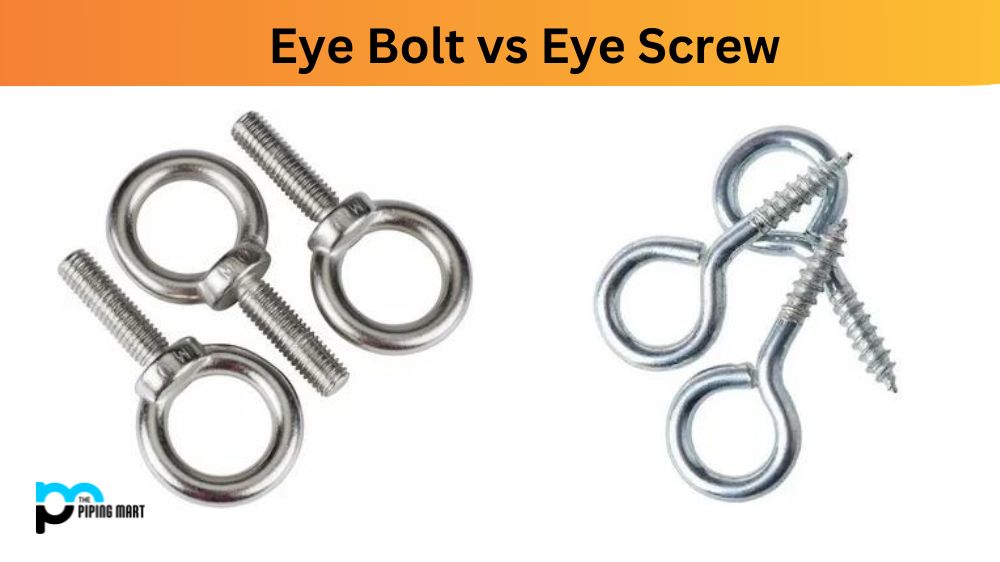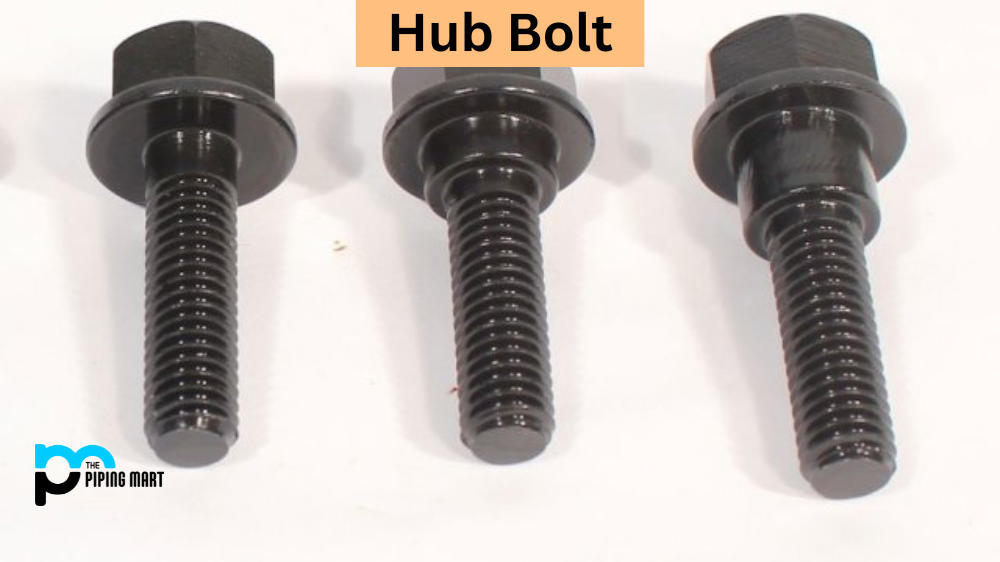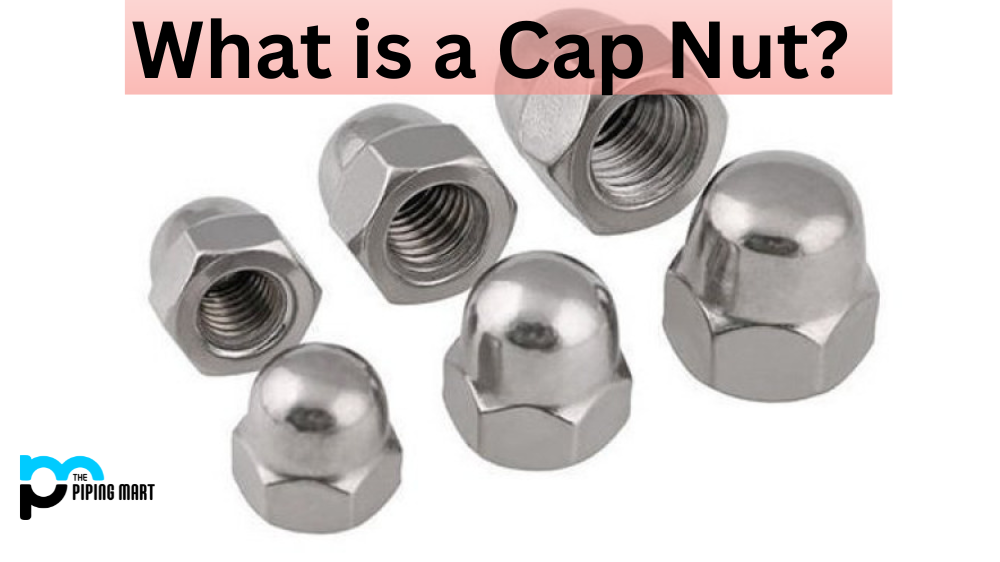In construction and home improvement, fasteners and fixtures play a crucial role. These essential components connect different elements and create a solid structure. Two of the most commonly used fasteners are eye bolts and eye screws, which are similar in appearance but have a few crucial differences that set them apart. If you’re wondering what distinguishes an eye bolt from an eye screw, keep reading as we delve into the details of these critical components.
What is Eye Bolt?
An eye bolt is a threaded fastener with an enclosed loop at the non-threaded end and an externally threaded screw on the other. They are most commonly made from steel but can also be found in stainless steel, brass, aluminium and plastic. Eye bolts, such as wall studs or wood beams, can securely attach cables or ropes to a surface.
What is Eye Screw?
An eye screw is a fastener with a looped head with an externally threaded shaft. It is screwed into wood or other surfaces and can hang items from the looped head or create tension when two items are clamped together. They are solid metal construction and range from 1/8” to 1 1/2” in diameter. Eye screws are easy to install and provide an affordable way to secure objects quickly.
Difference Between Eye Bolt and Eye Screw
Purpose
The first difference between an eye bolt and an eye screw is their purpose. An eye bolt is a heavy-duty fastener with a threaded shaft and an eye-shaped loop at the end, while an eye screw has a similarly-shaped loop, but a pointed threaded shaft for screwing into surfaces like wood, concrete, or drywall. Eye bolts can handle heavier loads than their screw counterparts and are often used for lifting and securing heavy equipment, machinery, and material. Eye screws, on the other hand, are best suited for lightweight applications like hanging picture frames, lighting fixtures, and other decorative objects.
Installation
Another difference between eye bolts and eye screws is their installation process. Eye bolts require a pre-threaded hole or nut to screw into and an adequate torque range for proper installation. They should be fitted with washers on both sides of the installation surface to help distribute the applied tension. Eye screws, on the other hand, have pointed ends that can be screwed directly into the surface without any pre-drilling or a pilot hole. They still require adequate torque for sufficient anchorage, but since eye screws are smaller and less heavy-duty than eye bolts, they don’t require washers.
Size and Load Capacity
Eye bolts and eye screws also vary in size and load capacity. Eye bolts, typically larger than eye screws, come in sizes from small to large, with varying load capacities, and are often sold with strength ratings. The load capacity can vary depending on the shaft’s length, the eye’s diameter, and the type of metal used. Eye screws, as smaller fasteners, have a lower weight capacity and are available in fewer sizes. They are generally best suited for light loads.
Material
The materials of the eye bolt and eye screw also differ, affecting their application. Eye bolts are commonly manufactured from materials that can resist fatigue, corrosion, and chemicals, such as stainless steel, galvanized steel, zinc-plated steel, and brass. Eye screws, on the other hand, are often made from softer materials like brass, aluminium, and plastic and are unsuitable for heavy-duty use.
Applications
The final difference between eye bolts and eye screws is their practical applications. Eye bolts are commonly used in marine equipment, exploration systems, and crane operation, while eye screws are best for DIY home projects, such as hanging photographs or decorations. Of course, these roles can switch depending on various factors, such as load capacity, material, and size.
Conclusion:
In conclusion, the differences between eye bolts and eye screws are small but significant. Eye bolts are large, heavy-duty fasteners designed for larger load applications and require a threaded hole or nut for installation, while eye screws are smaller, lightweight fasteners best suited for small loads and DIY applications. Understanding these differences allows you to choose the best fastener for your specific needs and ensure your construction and home improvement projects are secure and efficient.

Hey, I’m Krutik, a casual blogger expert in the metal industry. I am passionate about providing valuable information to my readers. With a background in engineering and construction, I like playing Cricket & watching Netflix shows in my free time. Thank you for visiting my blog, and I hope you find my information helpful!




